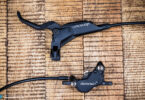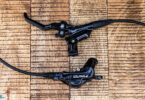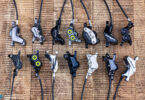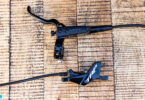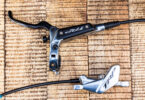When Aaron Gwin signed with TRP brakes, we must confess to being more than a little surprised. When it comes to high-end brakes TRP would not be a name that jumps quickly to mind – but never discount the underdog, as sometimes it can be a muscled up pitbull with anger-management issues. We test the first batch of TRP’s latest G-Spec Quadiem brakes.
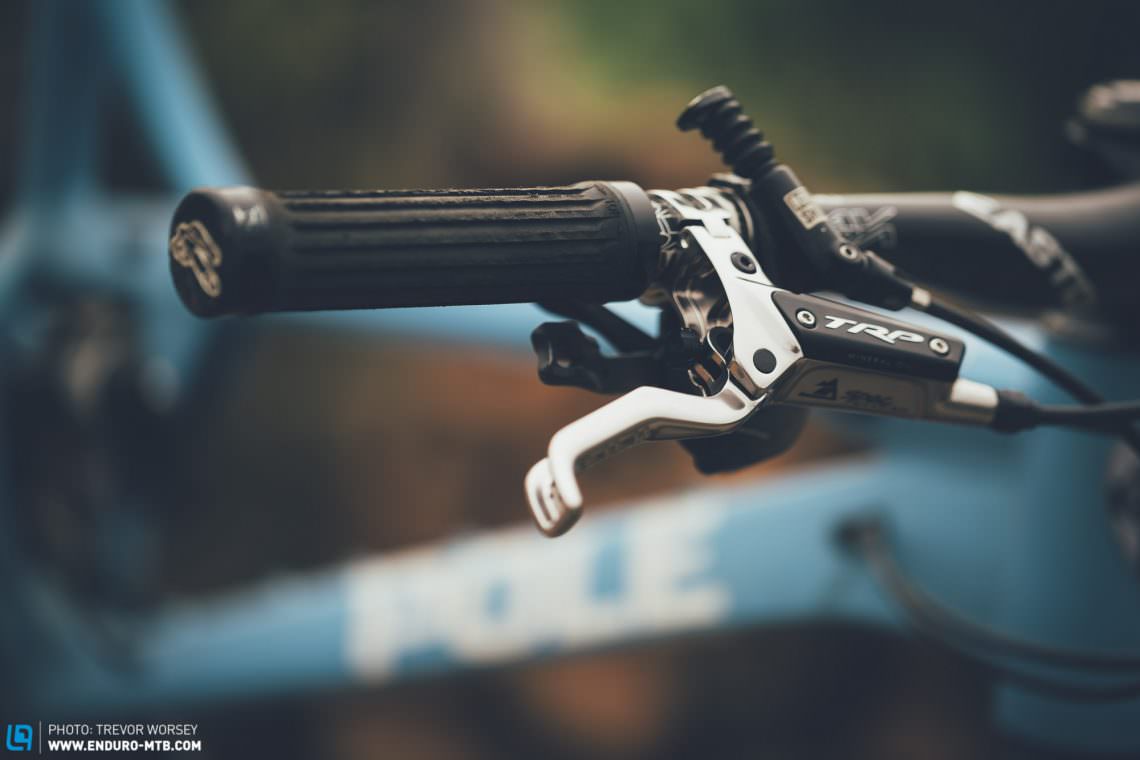
The G-Spec Quadiem is the big brother of TRP’s more trail orientated G-Spec Slate, a full bore 4 piston DH anchor. The first thing you notice about the €219 / £200 TRP G-Spec (brake only, discs sold separately) Quadiem is how clean and precise they look – the engineered levers have been constructed from forged aluminium that has been polished, then anodized to provide an expensive looking mirror like sheen. The long moto styled levers look as though they should be heavy but on the scales, they come in at 316 g per brake (1m hose with fluid), just 15 g heavier than the Shimano Saint.


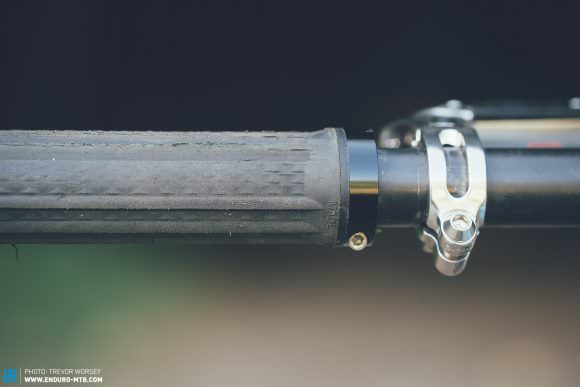

Specification of the TRP G-Spec Quadiem
Installing the TRP G-Spec Quadiem is very simple, the lever split clamp hinges open and a range of I-Spec adaptors are available for those looking to simplify their cockpit. The huge forged calipers feature 4 steel pistons with ceramic inserts to help with heat dispersal, and the surface of the caliper is covered in CNC cooling fins. Titanium hardware is used throughout to keep the weight down.
The brakes use mineral oil, which is a win if you are a messy mechanic, and for those worried about not being able to readily find TRP brake pads in the shops, the Quadiems are compatible with Shimano Saint M810 pads if needed, which should make finding replacements easy at bike parks or on holiday. We shortened the rear brake hose and found that the bleeding process is very simple. Screw a quick connector hose into the lever after removing the bleed plug (no need to remove the cover), before pushing fluid up through the brake using the standard syringe and bleed port technique, not quite as clever as the SRAM Bleeding Edge, but easy and drip-free.
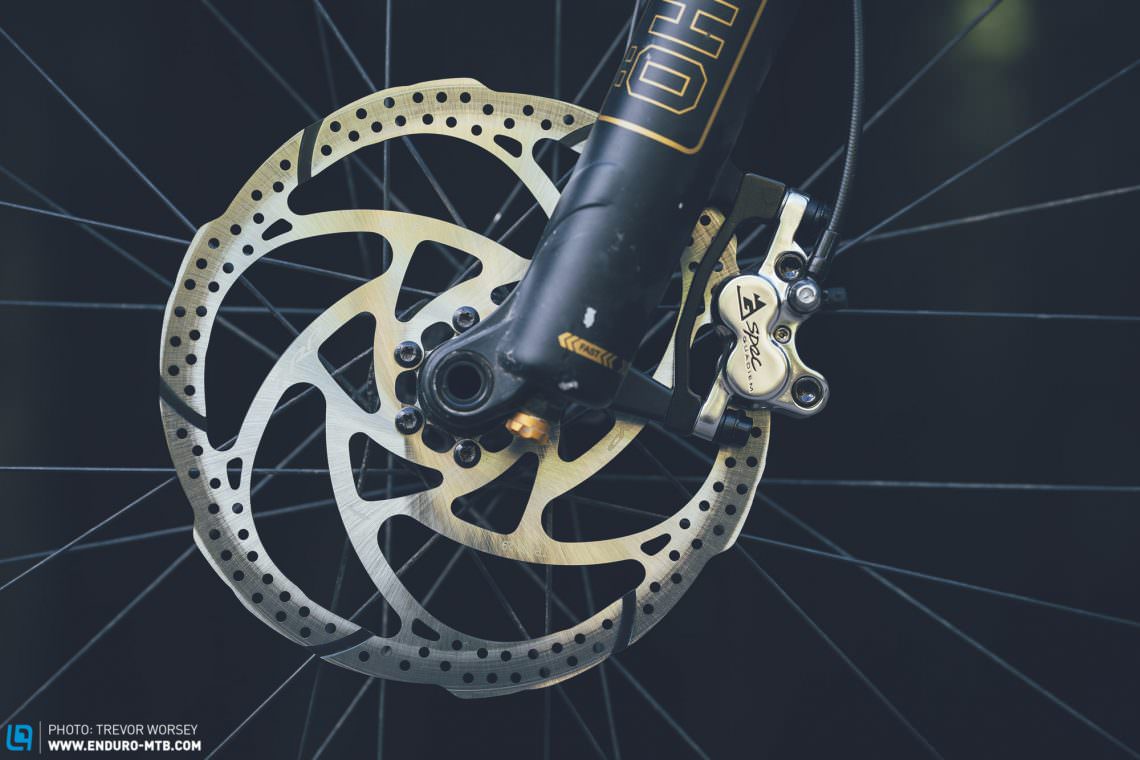
TRP G-Spec Quadiem Review – First impressions
TRP score a solid 10 out of 10 in ergonomics, the lever blade is long and well shaped, and the dimpled surface provides a secure hook to rest your finger. We were most impressed with the smooth lever throw, refined and wobble free with powerful leverage. At the extreme end there is enough power to pull your face clean off – like throwing a stick in the spokes – but before you reach that point there is huge amounts of smooth modulation on tap. You get the sensation of big pads, gently caressing a big rotor, with ample leverage with which to control the forces, no demented grabbing or insensitivity – just effortless control.
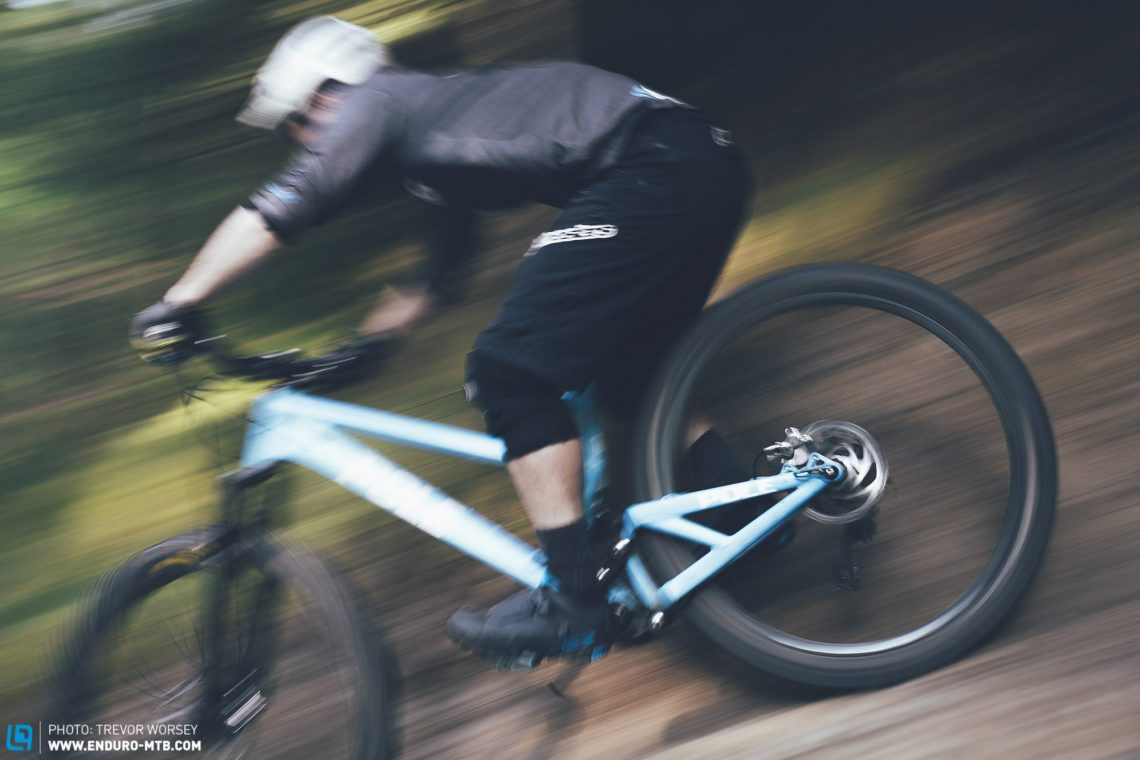
After bedding the discs in, the TRP G-Spec Quadiem started to dole out some face-bending power, enough G-forces to test any tyre. We actually dialled in another two clicks of low-speed compression on the forks to help with the bigger braking forces. Modulation was immensely confidence inspiring and we found we could push harder and faster into turns, braking smoother and later. This is a new brake to the market so we need to see how they stand up over time – but if the reliability can match their performance, then TRP have a winner on their hands.
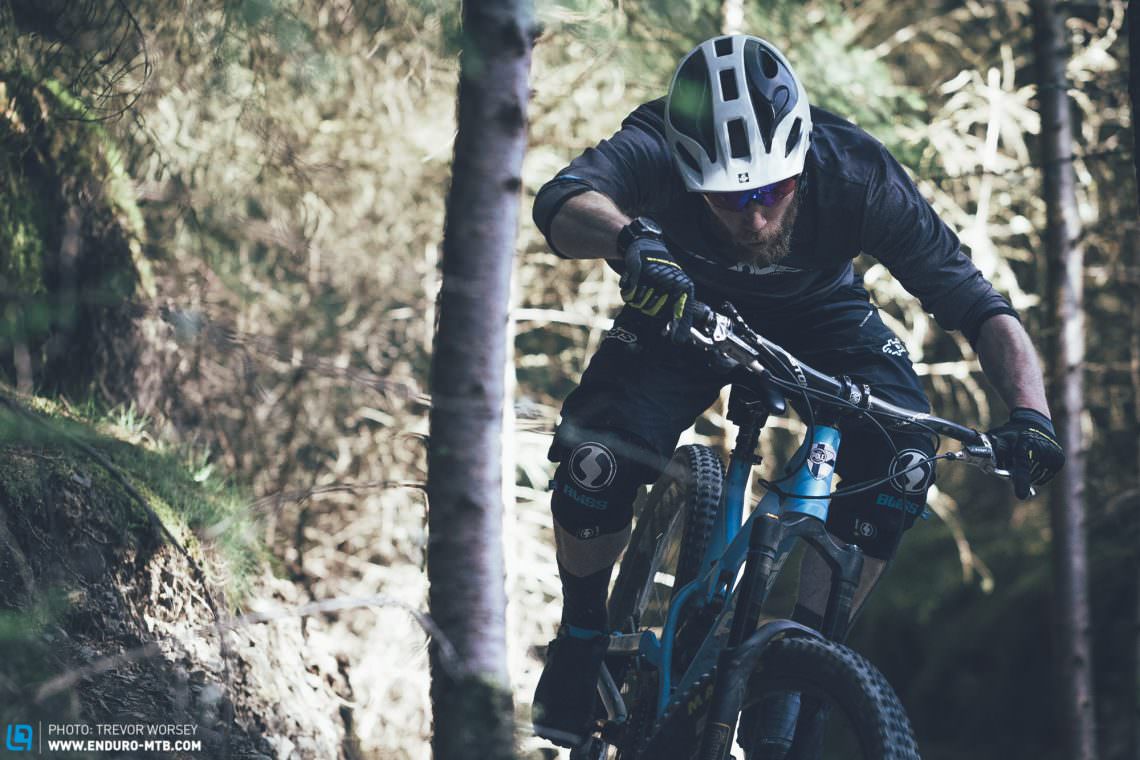
Are the TRP G-Spec Quadiems any good?
Before testing, we assumed the TRP G-Spec Quadiem was an overpriced signature-series indulgence. Yes, they are being used by Aaron Gwin, but €219/£200 a brake is a huge leap for TRP. How wrong were we? First impressions suggest that the TRP G-Spec Quadiem is a phenomenal brake, with a lever feel that is worth the additional premium alone. In fact, we would go as far as to say that if you are looking for a powerful, gravity focussed brake, the TRP G-Spec Quadiem is one of the best performing brakes on the market.
For more Information head to: trpbrakes.com
Did you enjoy this article? If so, we would be stoked if you decide to support us with a monthly contribution. By becoming a supporter of ENDURO, you will help secure a sustainable future for high-quality mountain bike journalism. Click here to learn more.
Words & Photos:




